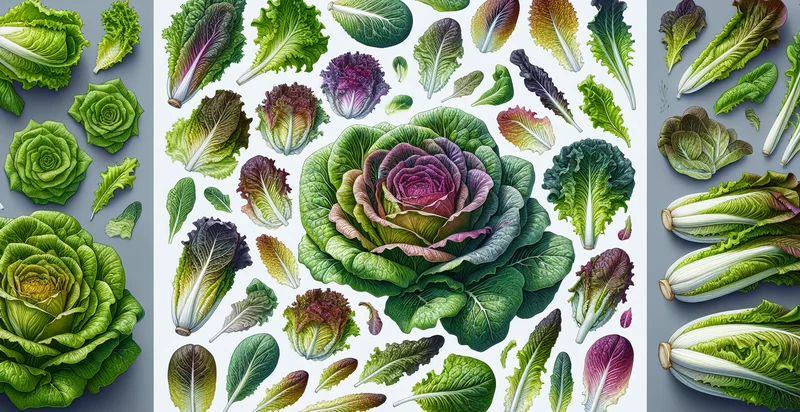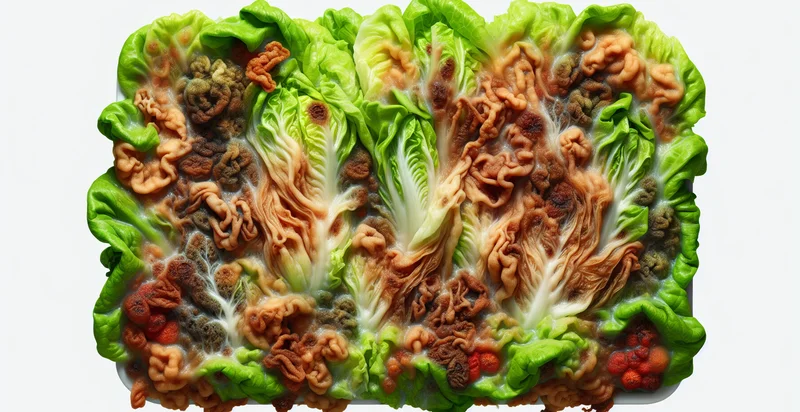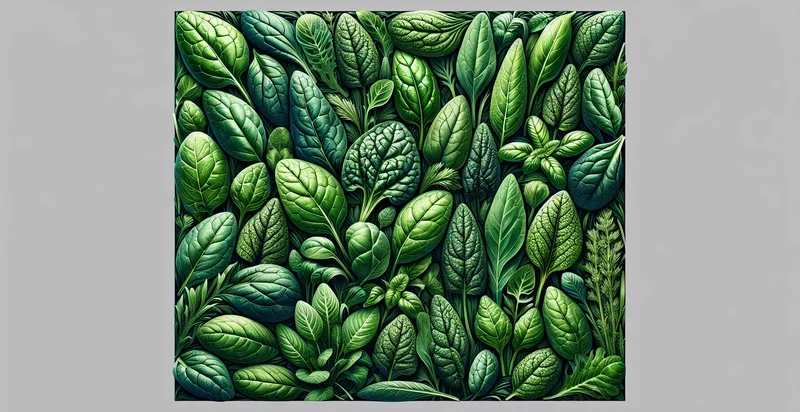Identify lettuce species
using AI
Below is a free classifier to identify lettuce species. Just upload your image, and our AI will predict what species of lettuce it is - in just seconds.

Contact us for API access
Or, use Nyckel to build highly-accurate custom classifiers in just minutes. No PhD required.
Get started
import nyckel
credentials = nyckel.Credentials("YOUR_CLIENT_ID", "YOUR_CLIENT_SECRET")
nyckel.invoke("lettuce-species", "your_image_url", credentials)
fetch('https://www.nyckel.com/v1/functions/lettuce-species/invoke', {
method: 'POST',
headers: {
'Authorization': 'Bearer ' + 'YOUR_BEARER_TOKEN',
'Content-Type': 'application/json',
},
body: JSON.stringify(
{"data": "your_image_url"}
)
})
.then(response => response.json())
.then(data => console.log(data));
curl -X POST \
-H "Content-Type: application/json" \
-H "Authorization: Bearer YOUR_BEARER_TOKEN" \
-d '{"data": "your_image_url"}' \
https://www.nyckel.com/v1/functions/lettuce-species/invoke
How this classifier works
To start, upload your image. Our AI tool will then predict what species of lettuce it is.
This pretrained image model uses a Nyckel-created dataset and has 20 labels, including Arugula, Assorted Salad Mix, Baby Greens, Butterhead, Celtuce, Endive, Escaping Varieties, Escarole, Frisée and Green Leaf.
We'll also show a confidence score (the higher the number, the more confident the AI model is around what species of lettuce it is).
Whether you're just curious or building lettuce species detection into your application, we hope our classifier proves helpful.
Related Classifiers
Need to identify lettuce species at scale?
Get API or Zapier access to this classifier for free. It's perfect for:
- Agricultural Monitoring: Farmers can use the lettuce species identifier to monitor crop health and identify which species are most susceptible to diseases. This can lead to improved decision-making and targeted interventions, enhancing overall crop yield.
- Supply Chain Management: Distributors can implement the identifier to verify the species of lettuce during the sorting process. This ensures that products meet quality standards and prevents mislabeling, enhancing brand trust and customer satisfaction.
- Research and Development: Agricultural researchers can utilize the functionality to analyze the genetic diversity of different lettuce species. This can aid in breeding programs aimed at developing disease-resistant or climate-adaptive varieties.
- Market Analysis: Retailers can employ the species identifier to analyze sales data based on different lettuce types. This information can help in optimizing inventory and tailoring marketing strategies to consumer preferences.
- Food Safety Compliance: Food safety inspectors can use the identifier to ensure that only approved species are sold in the marketplace. This helps in maintaining compliance with regulatory standards and enhancing consumer health safety.
- Educational Tool: Educational institutions can implement the lettuce species identifier as a teaching tool in agricultural studies. Students can learn about plant classification and biology hands-on, fostering deeper understanding through practical application.
- Biodiversity Conservation: Conservation organizations can use the identifier to assess biodiversity in regions where wild lettuce species grow. By identifying species and their distribution, these organizations can develop more effective conservation strategies.


